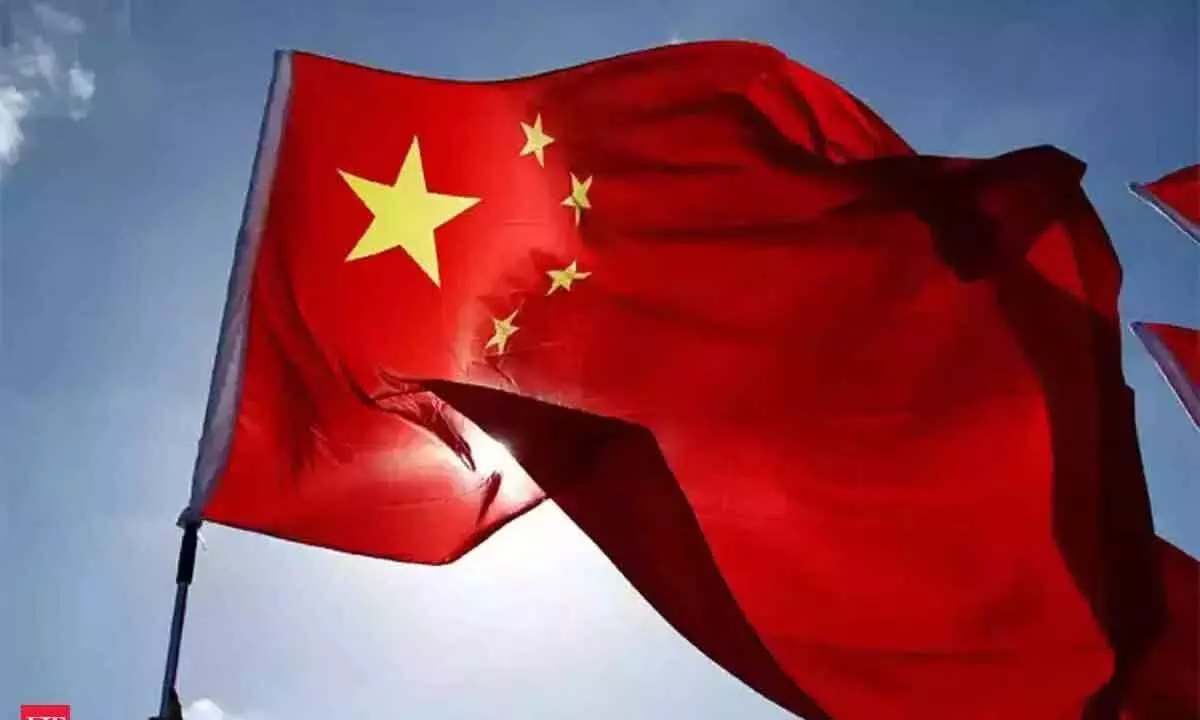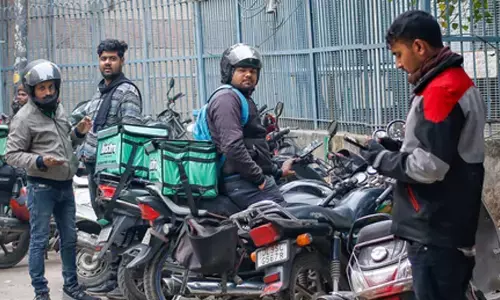China's spiralling crisis is its own doing

More than 4.5 million people are confined to their homes and 7.9 million confined to their neighbourhoods in addition.
More than 4.5 million people are confined to their homes and 7.9 million confined to their neighbourhoods in addition. That is Shanghai for us today. In all, the 25 million population of the city have been warned of consequences – read solitary confinement – until COVID-19 is wiped out area-by-area. That is today's China. In addition, there is no food for the confined residents. Nauseating reports of pets being killed to become food for the trapped residents are circulating.
After three weeks of stringent lockdown that has fuelled discontent in China's largest metropolis, some districts were told on April 22 that restrictions would be tightened even when they met the criteria for people to be allowed to leave their homes. "Our goal is to achieve community zero-COVID as soon as possible," the government said, referring to a target to stamp out transmission outside quarantined areas. Shanghai reported 12 new COVID-19 related deaths on April 22, up from 11 the previous day, as frustrations among residents continued to boil over amid strict censorship online.
The city, battling China's biggest Coronavirus outbreak so far, recorded 20,634 new local asymptomatic infections on April 22, rebounding from 15,698 a day earlier. There is another way to look at these statistics, particularly those related to deaths in this regard. Jaya Dantas, a public health expert at the Curtin School of Population Health in Australia, who is monitoring the Shanghai outbreak, says "The patients who died had an average age of 88. All had underlying health conditions, and none had been vaccinated. One strategy that needs immediate implementation is to increase rates of the booster vaccination dose to the elderly and other vulnerable groups and to see if mRNA vaccines can be used." But, China is yet to introduce its own mRNA vaccines and has preferred not to import those developed overseas. After all, its leaders have larger than life ego and they can afford to kill their people with their inaction rather than admit that they don't have vaccines, the effective ones at least, to counter the rise of COVID-19. Of course, China gives a different name to its ego – it's called national pride. So, this pride prevents China from importing or approving foreign mRNA vaccines for use among its people forcing them to go for the less effective vaccines developed by the domestic companies. Something like the cheap 'Chinese maal' that we find being sold on the streets of various countries.
The country is struggling with two problems as it faces its worst COVID-19 surge since the start of the pandemic: the sluggish take-up of booster doses – authorities said this week that only 57% of people over 60 have been fully vaccinated with three jabs – and homegrown vaccines that are much less effective than foreign-produced jabs. Scientists and health experts believe that China is in for more trouble once Omicron's other variants step in. There is no data on Sinopharm which has a 60 per cent efficacy.
China needs to act without further delay. But, its leadership seems to be more interested in eying its neighbours' lands and in recovering its bad overseas investments. Instead of reviewing its health policy, China has unleashed harsher measures against its population exposing its failures. Stricter lockdowns will not only take away more lives now in the country but also run its economy further.














